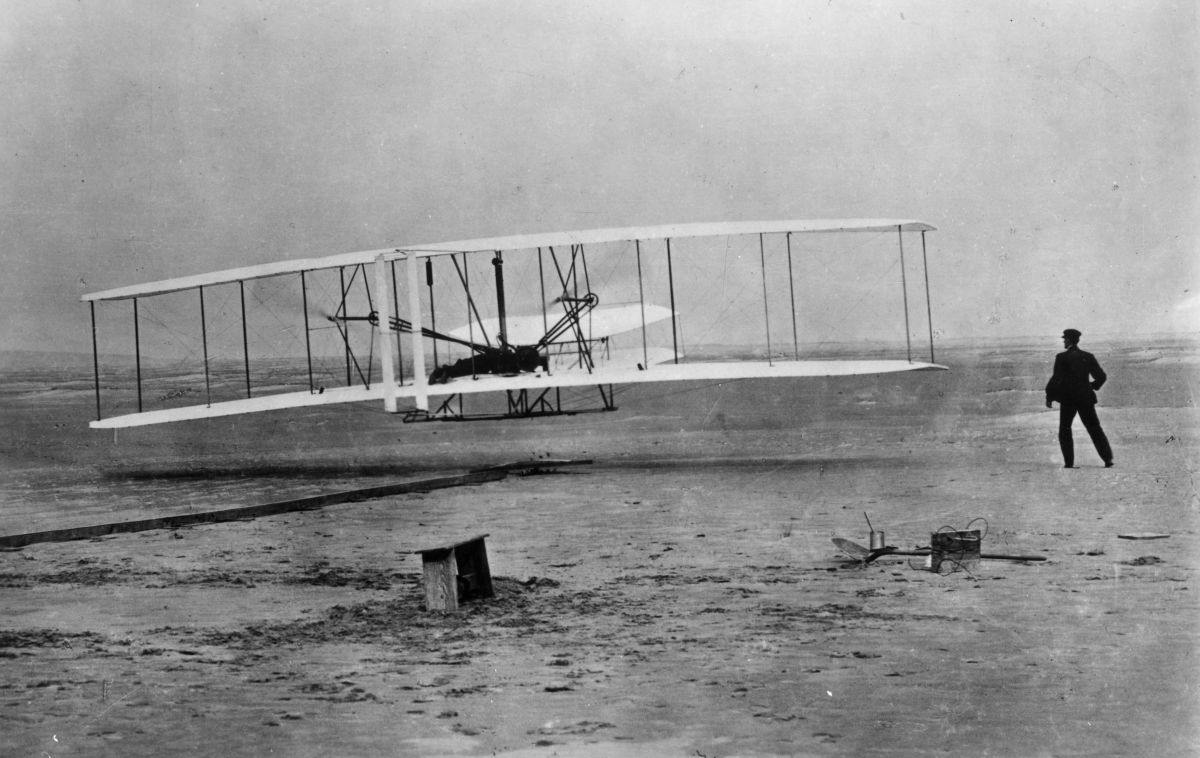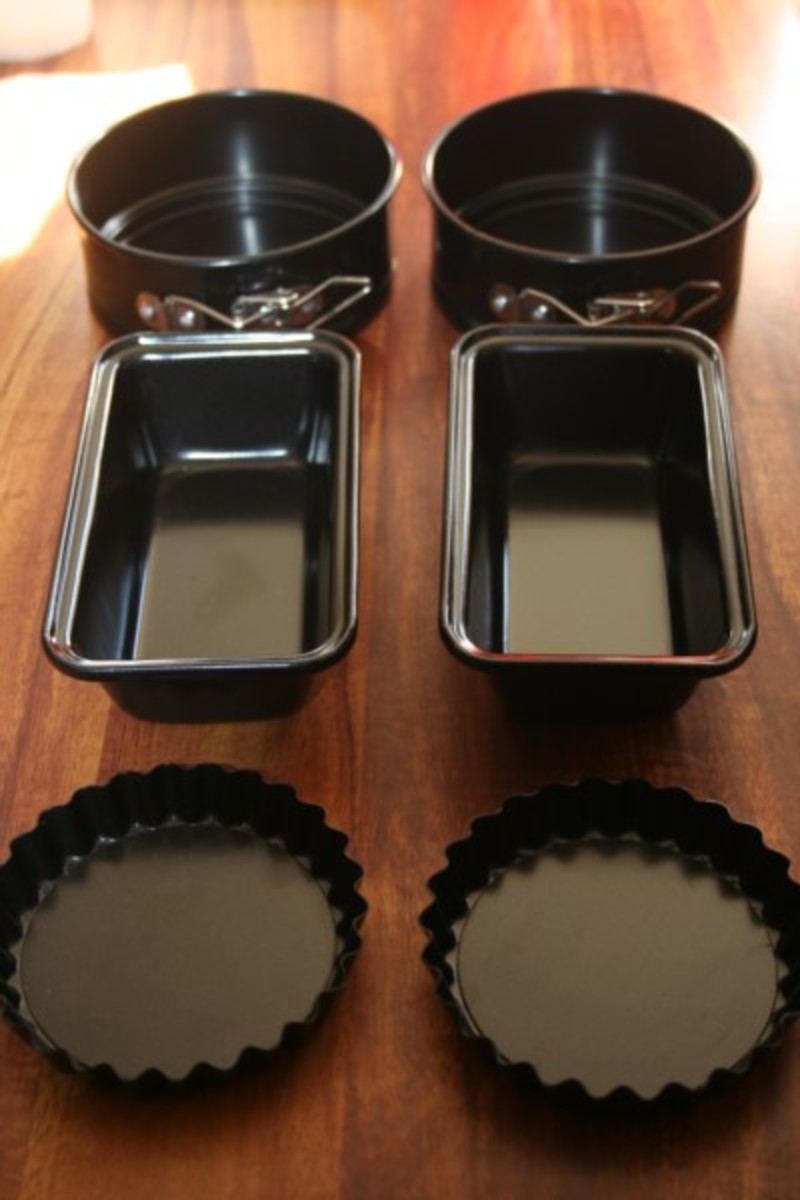Five inventions that have made us lazy
A life of leisure isn't all that it is cracked up to be.

In an age when obesity has become an epidemic, society has started looking for the scapegoat, the cause for all of this blubber. Was it the yellow sponge cake stuffed with cream or maybe the hamburgers sold by the clown? Perhaps it was the twistable chocolate cookies with a vanilla cream center. The cause may not be as simple as the food that people have grown accustomed to, although the ingredients they have been ingesting might not be helping the situation.
People have gotten lazy. That laziness has compiled, along with the fat, until the waistlines have overflowed. There are five inventions that have contributed like no other to the widening butts, and while seemingly innocuous, each has earned it's place on the Wall of Shame.

Electric windows
How many hot, sweaty summer days have been spent cranking down the windows of the family car? Those days are now coming to a close.
Developed in the 1930s and 40s, power or electric windows have grown in popularity. Since the 1980s, electric windows have become dominant, eliminating the summer ritual of cranking a small, silver lever what seemed like an infinite number of times to let in the breeze. There once was a day when a passenger and driver could be differentiated not only by which arm sported a farmer-tan but also by which arm was more muscular. Now, both arms are wimpy because they only need to tap a button to lower their window.

Acronyms
Even the English language is getting lazy. Language, one of the building blocks of civilization, is being reduced to a series of letters meant to stand for whole phrases and sentences.
It was once considered an art to write long, flowing, poetic letters. Pages of stationary were filled with news and sentiment, folded lovingly into envelopes, and delivered by postal carriers Now, the most common items for postal carriers are bills and advertisements.
The global population has moved on from love letters and postage to text messages and emails. Laughter has been reduced to "LOL," and love has been boiled down to "<3." Even taking the Lord's name in vain has been condensed to "OMG."

Airplanes
There once was a time when travel meant packing a steamer trunk and getting on a train or a large ship. These massive trunks, while large enough to hold a body, would hold weeks' worth of clothing and essentials. The trunks would be loaded onto the boat by porters, strong young men who would carry these hundred pound rectangular boxes and put them in travelers' rooms. Days or sometimes weeks would be spent on these trains and ships going from point A to point B. The traveler would arrive at the destination, visit Aunt Millie for a few days, and get back on the train or ship to do it all over again.
In the modern world, transportation may seem arduous with three hour lines at the airport and a frisking process that has made many travelers blush, but the commutes have been shortened from days to hours, and the rates of scurvy have dropped dramatically.

The supermarket
In the days before the supermarket, individuals were mostly self-sufficient. Men and women farmed their own produce and hunted or raised their own meats. If someone wanted spices, they went to India or hired an explorer to go there for them. Clothing was made at home, and people wore what was practical, not what someone on television told them was stylish.
As commerce grew, trading posts and small "Mom and Pop" grocers developed, and eventually supermarkets came to be. Now, shoppers can buy their lunch meat, shoes, and screwdrivers all in the same place.

The zipper
As unimaginable as it may be, there was a time before zippers. Buttons were the dominant fastener and ranged in style from little hooks or beads to large, showy shapes.
Although the zipper was patented in 1851, it was not introduced to the public until the 1893 Chicago World's Fair. The zipper still did not see true success until 1937.
Fastening a pair of pants has gone from a minute of buttoning to a second or two of zipping. Getting dressed has never been the same.







